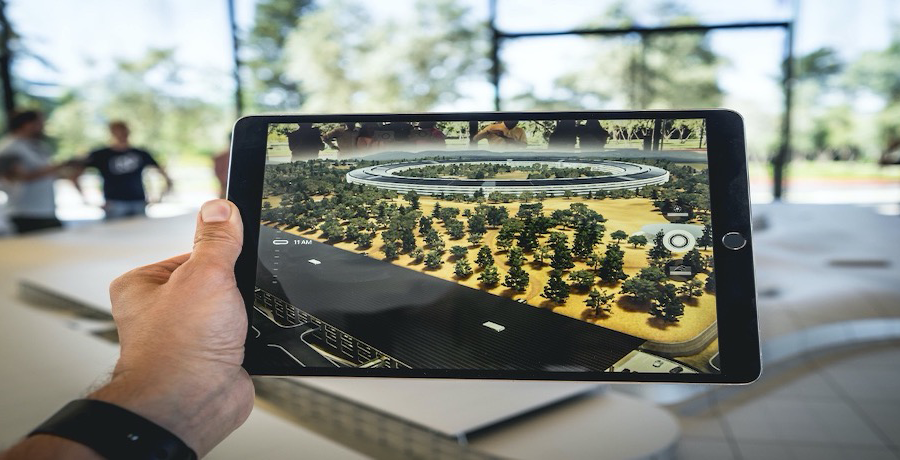
Recent projections suggest the amount of time spent on media in the U.S. averages 13 hours and 35 minutes per day. With all of this screen time, marketers should have a captive audience for promotion, right?
Wrong. Total viewership across all television was down 9% in September 2020, and 10% during prime time, according to Nielsen. Facebook reported a decline of 2 million users in the third quarter of 2020. If we’re seeing a constant decline in traditional media activity, what are consumers doing for those 13 hours and 35 minutes a day? Where should businesses focus their marketing dollars?
Where people are actually spending all of this screen time is one of the bigger mysteries in brand marketing today. Platforms allowing for individuality and connectivity, such as TikTok and Snapchat, seem to be faring well during the pandemic, but there isn’t one that stands out as a clear winner. Businesses are faced with the challenge of creating highly engaging advertising and testing its effectiveness on multiple platforms in hopes of catching the appropriate user at the right time and place. Testing the advertising’s effectiveness is just the start of a slew of other things that must be considered, as well, such as competitive efforts.
What we know is this: after nearly a year of off-and-on isolation, consumers are craving in-person anything. People are consuming more and more content just to feel like they are a part of something. With this challenge comes an opportunity for businesses to create engaging brand experiences in this all-virtual world.
This is where “augmented reality” — an increasingly popular technology with applications for business, entertainment and much more — comes into play. AR allows a user to be completely immersed with a non-physical asset and, much to many businesses’ surprise, doesn’t have to break the marketing budget’s bank, either. Let’s start with some basic things you need to know:
AR vs. VR
The best way to differentiate augmented reality and virtual reality is in the classification itself. Augmented reality takes an object, product, etc. and augments the user’s real world to include it. The user’s investment is low, as the technology only requires the use of a mobile device. On the other hand, virtual reality provides the user with a complete transformation of their world. Popular for gaming, virtual reality requires the user to have some sort of headset device.
Simply put, augmented reality is the interface that lives between our physical and digital worlds. It encourages users to not only view but engage a brand’s message or product in a 3-D world, creating a unique experience with the convenience of doing so right on their mobile device. Pokemon GO, which was the gaming craze of 2016, is a great example of the technology, allowing players to point their devices to find monsters in the real world — even if they weren’t actually there.
More recently, businesses have utilized augmented reality in Snapchat for increased brand awareness, website traffic driving and successful product launches. Take Jaguar’s recent E-PACE Engage Edition launch, which drove over 200,000 website clicks from an audience primarily composed of Generation Z and Millennials.
B2B storytelling with AR
Traditionally, AR has been used for visualizing a physical object for selling or training, providing a digital closet for clothing brands or enhancing a training manual for operational manufacturing. Conceptually, creating an augmented version of a physical product makes sense, but here at WordWrite, we challenge our clients to visualize their intangible value using augmented reality.
At WordWrite, we believe all effective marketing begins and ends with your ability to develop an effective "Capital S Story” that describes why current and potential customers and clients would want to work with you, partner with you, buy from you, sell to you or invest in you. From virtual tradeshow booths to digitizing marketing materials, AR allows another vehicle in your marketing mix to safely tell your story in our current social distancing world.
AR is affordable
Yes, you read that right. Adding AR to your marketing mix is completely feasible for most companies, depending on what platform facilitates your campaign. Our partners at ImagineAR provide a range of augmented reality services. Using ImagineAR’s mobile app, businesses can create a simple campaign for as low as $5,000. App development and custom AR markers can also be created for a more premium experience for customers.
Augmented reality is an innovative solution for any business’ marketing program. Its ability to attract users and deliver value is unmatched by traditional marketing means. This technology marries well with telling your businesses story in an engaging and unique way.
